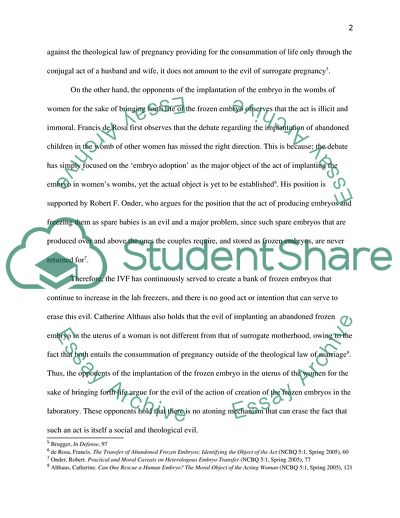Cite this document
(Embryo Adoption Debate Essay Example | Topics and Well Written Essays - 1250 words, n.d.)
Embryo Adoption Debate Essay Example | Topics and Well Written Essays - 1250 words. https://studentshare.org/religion-and-theology/1867445-embryo-adoption
Embryo Adoption Debate Essay Example | Topics and Well Written Essays - 1250 words. https://studentshare.org/religion-and-theology/1867445-embryo-adoption
(Embryo Adoption Debate Essay Example | Topics and Well Written Essays - 1250 Words)
Embryo Adoption Debate Essay Example | Topics and Well Written Essays - 1250 Words. https://studentshare.org/religion-and-theology/1867445-embryo-adoption.
Embryo Adoption Debate Essay Example | Topics and Well Written Essays - 1250 Words. https://studentshare.org/religion-and-theology/1867445-embryo-adoption.
“Embryo Adoption Debate Essay Example | Topics and Well Written Essays - 1250 Words”. https://studentshare.org/religion-and-theology/1867445-embryo-adoption.


